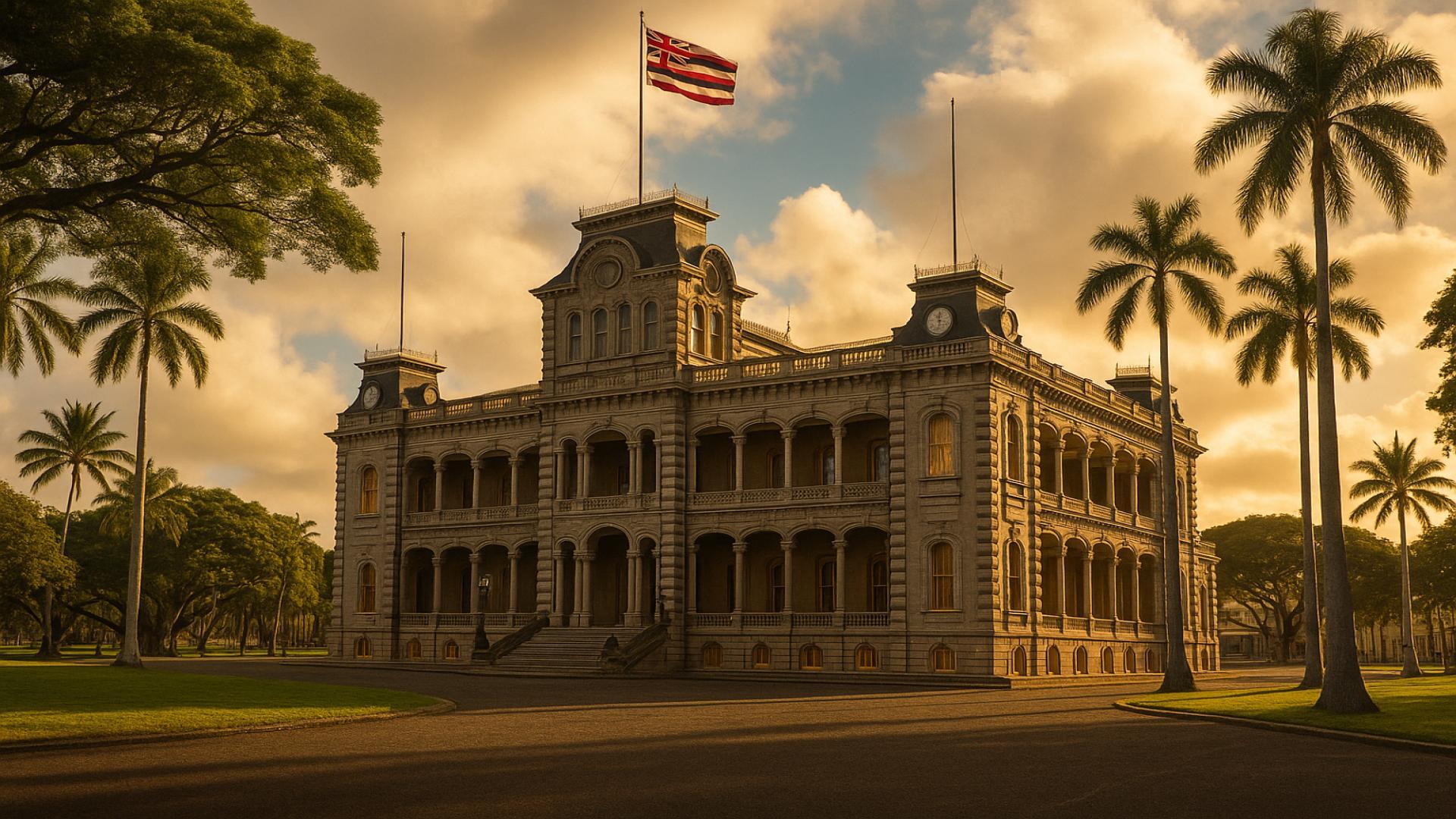5. The Bayonet Constitution of 1887

In 1887, King Kalākaua was confronted by a group of armed militia composed mainly of American and European residents. Under threat of violence, he was forced to sign what became known as the Bayonet Constitution. This new charter severely restricted the king’s authority and transferred significant power to the legislature—now heavily influenced by foreign business interests. Voting rights were also limited to wealthy residents, sidelining native Hawaiians from political participation. Learn more about the Bayonet Constitution.


















